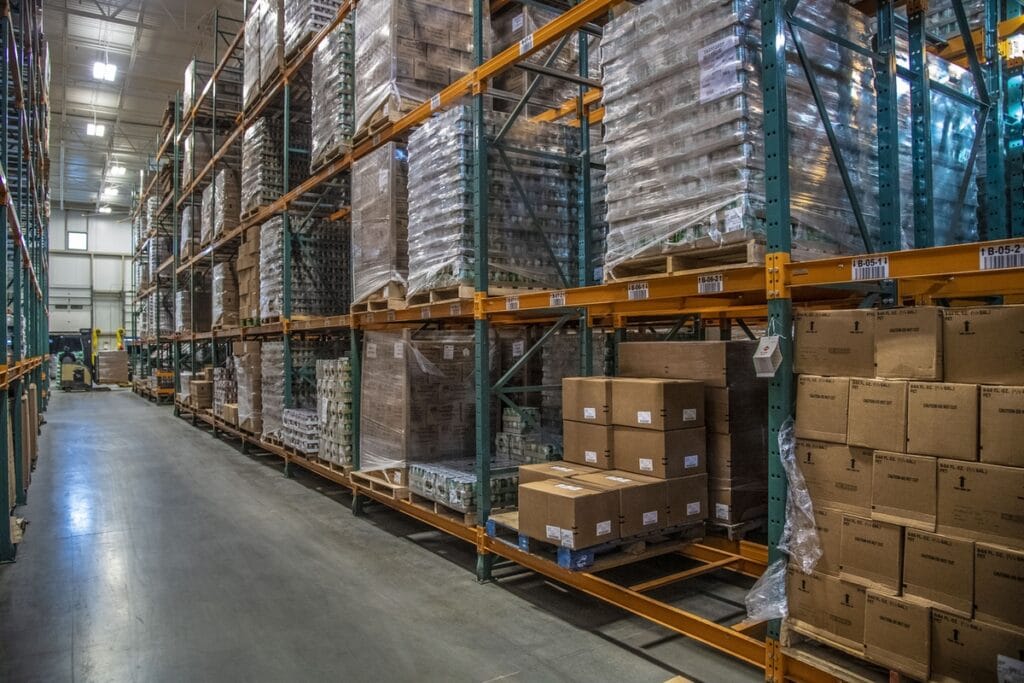Online business activities in the modern era today are stealing the public interest. There is one important process of fulfilling customer orders in online business activities. This process includes several stages, ranging from order acceptance to order delivery to the customer.
This process is familiar with the term fulfillment. So, what is the full explanation of the fulfillment process and function? Check out the full explanation below!

What is Fulfillment?

Fulfillment is the process of fulfilling customer orders in business activities. This process includes several stages, ranging from order acceptance, to order processing, and delivering products to the buyers.
Although this process is often identical to online business activities, this process is also familiar in offline business with the term back-office operation. E-commerce company Amazon introduced the fulfillment concept in 1997. In this case, Amazon enables the warehouse as a fulfillment center.
Also read: An Overview of Supply Chain Management
Fulfillment Function in Business
The fulfillment process in business activities is very important. With this process, a business can save costs in storage and delivering goods to customers. Fulfillment can also provide human resources to perform the entire backup office operation process.
No less important, fulfillment can help businesses to be more effective and focus on business development in the future.
Fulfillment Order Process
As mentioned above, the fulfillment process in the prep center consists of several stages. This stage includes storing and shipping. What is the explanation of each stage? Let’s take a look at the following explanation:
Storing
The business warehouse will usually become a place to store the products. Of course, business owners will choose a warehouse with a large capacity and complete facilities. A large warehouse will allow business owners to store goods or products based on their category.
Inventory management
There will be inventory management in this stage by regulating the number of product stocks to product movement records. The existence of inventory management will make business activities more efficient. Not only that, but inventory management can also provide convenience for businesses in monitoring the availability of goods instantly.
Picking and packing
Before carrying out the delivery process, the picking and packaging stage is an important stage. Employees on duty will later take the goods that customers buy in the warehouse. Before the packaging process, warehouse employees will check first whether the goods are appropriate or not. If it is appropriate, warehouse employees will carry out the packaging process.
Shipping
The final stage in the fulfillment process is delivering the goods to customers. In carrying out the delivery process, a business usually cooperates with delivery services. This will certainly make it easier for business in the delivery process. The delivery service will also help the goods return process from customers.
Fulfillment Model in E-Commerce
Fulfillment in business is identical to online business activity or e-commerce. In e-commerce, fulfillment can be divided into several models. What are the fulfillment models in e-commerce? Let’s take a look at the full explanation below:
Engineer-to-Order (ETO)
The Engineer-to-Order (ETO) model allows businesses to create products according to the desired specifications from customers. Furthermore, the Engineer-to-Order (ETO) model can be found in businesses that sell jewelry products.
Make-to-Order (MTO)
In this Make-to-Order (MTO) model, a business will carry out producing goods after receiving confirmation of product orders from customers. In this case, the customer has been willing to wait for the production process.
Assemble-to-Order (ATO)
The Assemble-to-Order (ATO) model is a production system that processes the production to ensure the goods stock availability. Furthermore, the next step will be an order assembly process based on the modules from various available components.
Make-to-Stock (MTS)
In this Make-to-Stock (MTS) model, products will be made and stored before receiving the customer’s order. In other words, this Make-to-Stock (MTS) model allows the stock to be stored in the warehouse.
Digital copy
This fulfillment model is a product digital copy that can be obtained by downloading the product in digital form. In this case, the digital master will later produce stock inventory from the business.
Also read: How to Improve Order Picking Productivity in Your Warehouse
Conclusion
Fulfillment is the most important thing in online and offline business activities. With fulfillment, a business can save costs in the storage and delivery of goods to customers. There are several processes of fulfillment, ranging from storing to shipping.
Speaking of business activities, in this digital era, you can increase business productivity and profitability with Hash Core ERP Software which comes with various excellent features. You can start HashMicro’s Core ERP Software demo for free now.


































